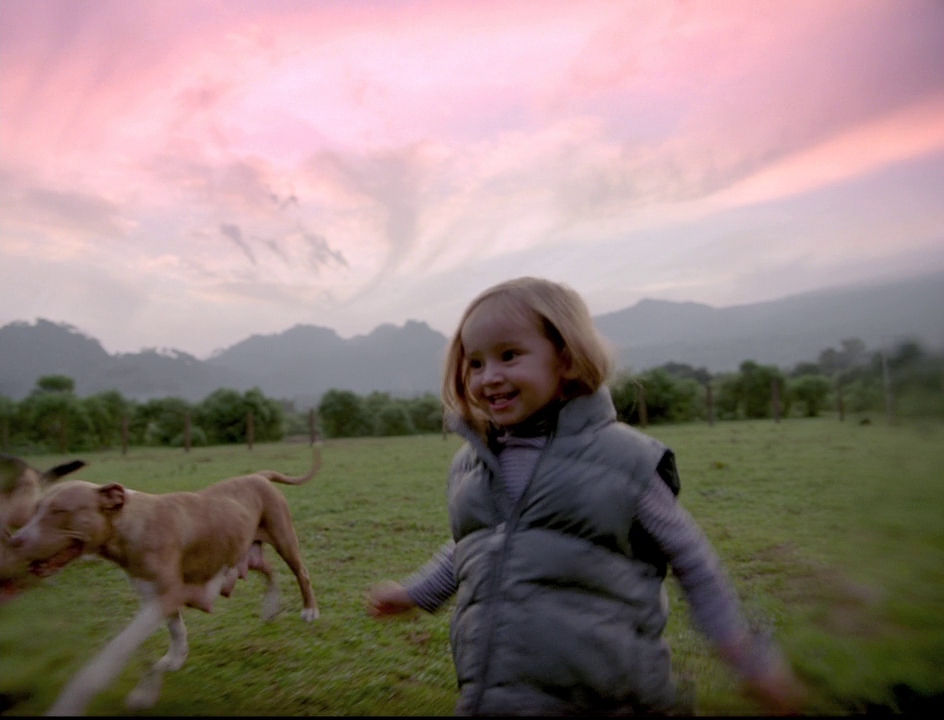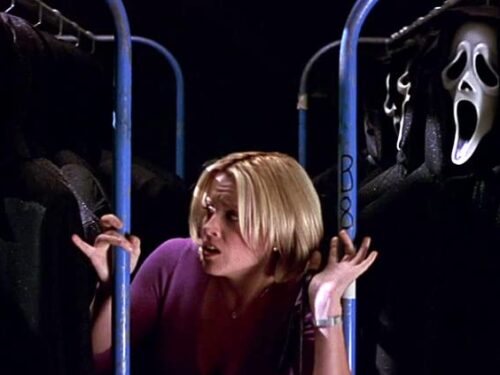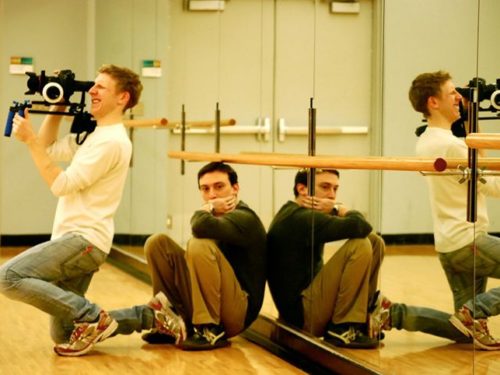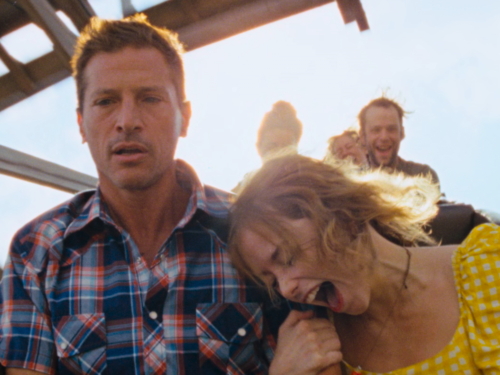Carlos Reygadas’ fourth feature is a masterful but incredibly enigmatic and frustrating work that mystifies the idea of the auteur
Few directors have had as successful a decade as the one shared by the three most widely known Mexican-born filmmakers, commonly referred to as the “Three Amigos.” By conventional metrics, Alejandro G. Iñárritu, Alfonso Cuarón and Guillermo del Toro have become bona fide auteurs. Each has won a Best Director Academy Award. Cuarón and Iñárritu have both made history doing it — Cuarón as the first Mexican director to win (for Gravity in 2013) and Iñárritu as one of only three of any nationality to ever win the award in consecutive years (for Birdman in 2015 and The Revenant in 2016). They have done so while making films of great personal significance, ranging from Hollywood blockbusters and star vehicles to art cinema; indeed, the Three Amigos thematize the oscillation between these two modes of production in their films and how each has curated, through interviews, a media image of himself as an auteur. Depending on how one locates their filmmaking — each has worked outside their native country for much of their careers, largely in the U.S. and Europe — the 2010s were a remarkably strong decade for Mexican filmmakers, including Emmanuel Lubezki, who has worked regularly with Cuarón, Iñárritu and many others to become one of the most revered cinematographers in recent history. These four men are the image of contemporary Mexican filmmaking, even though they have mostly worked outside their native country since leaving by the end of the 1990s.
Yet the status they have cultivated for themselves is belied by the career and work of their compatriot Carlos Reygadas. In the last decade, he has directed only two feature films, Post Tenebras Lux (2012) and Our Time (2018), with a handful of shorter pieces made between. The features have won considerable favor at film festivals, with Reygadas earning the top directorial honor at Cannes in 2012 for Lux. It is a masterful, but incredibly enigmatic and frustrating film that, stylistically and thematically speaking, is far afield from the Mexican filmmaking represented by the Three Amigos. That is, if we understand Iñárritu, Cuarón and del Toro as masters at making themselves more legible to mass audiences for the past 10 years — specifically through ambitious films like The Revenant, The Shape of Water (del Toro, 2017) or Cuarón’s Roma (2018) — Reygadas mystifies the idea of the auteur in Lux. In the face of cinematic output that, while being exceptional art, is calculated toward a commercialized auteur brand, Reygadas gives us an elliptical film where the distinctions between seen and unseen, reality and fantasy and even artist and artwork are not just obscured, but rendered irrational as well. In other words, Lux is a film of slippages, confusions and reflections that are communicated in a softer voice than the megaphonic one of highly visible auteurs who span the globe working between Hollywood and art cinema.
Based somewhat on Reygadas’ experiences, Lux chronicles different periods in the life of a well-off Mexican family who just moved to rural Mexico at the film’s start. In the country, Juan (Adolfo Jiménez Castro) and Natalia (Nathalia Acevedo) spend their days with their young children — son Eleazar (Eleazar Reygadas) and daughter Ruth “Rut” (Rut Reygadas) — and their many dogs. Juan and Natalia employ locals to help them tend the property and take care of the children, but they don’t maintain much relationship to their employees; of them, Seven (Willebaldo Torres) is the only one who features prominently in the story. But this is not a linear or coherent story — it is more accurate to think of it as a series of episodes and impressions, and Reygadas weaves them together without adhering to the grammar of Hollywood continuity.
As such, Lux is a challenging film to make sense of when we are presented with back-to-back scenes that take place at entirely different points and places, without any diegetic explanation. For instance, for the first few scenes, Eleazar and Rut are no more than 3 or 4 years old, but suddenly, we see them as slightly older children at a large family gathering; we then see Juan and Natalia at a table with other adults discussing Russian literature. At first, this is disorienting, not just because we have no framework for what is happening, but also because Juan looks so different from when we previously saw him. At their home in the country Juan had a more rugged look, but at this party his face is clean, his hair is straightened and he is generally well put together. Juan looks so different that initially, one might not recognize him, even if it is still clearly Natalia sitting next to him. So after brief confusion, we are inclined to say that this is still Juan, though the editing invites us to question what we might mean by this. That is, a good chunk of time has passed between the earlier scenes and this one, which suggests that Juan could have changed considerably in the intervening years. In other words, perhaps he isn’t just dressing up for the celebration — maybe how he appears is an indication of who he is now, or who he was before moving to the country.

The same can be said of the scene immediately following, where Juan and Natalia are at a French sex sauna. Once again, Juan is sporting a different look, a buzzcut that renders him even more alien. Natalia’s appearance is again consistent, though there is an important detail about her that has changed: Just before she and Juan enter one of the rooms, they were offered a cigarette by another patron, to which Natalia replies that she and her husband do not smoke. At the wedding scene, when we see Natalia sitting beside Juan, she is smoking. It’s unclear what temporal relationship the two scenes have, though what is happening in the sauna seems to be taking place in the future, though Juan and Natalia have not aged much. That said, we are left to wonder if Natalia is telling the truth, and, if so, what made her quit. Or, maybe more convincingly, she has not quite and simply does not want to be bothered with having to make pleasantries with the other patrons. Natalia does not seem to want to be there, but neither does Juan.
Over the course of the film, we see the frustrations and sadness that accompany any marriage, one of those being Juan’s disappointment with their sex life. We might imagine that they are at this sauna to revitalize and introduce some excitement into their marriage. But it comes off as a drab experience with little eroticism. Juan looks terribly lost and self-conscious, with Natalia navigating the terrain for them both, including having sex with several men as her husband watches. But in a surprising turn, the scene takes on a tender note. An older woman cradles Natalia’s head on her lap and strokes her hair while the men let themselves at her body. Reygadas lingers on Natalia’s face as she is caught between these two experiences: the motherly, almost divine, gesture of being cared for and the uncertainty and pleasure of a nearly anonymous sexual encounter. Even if Natalia agreed to this at Juan’s behest — something we can only ever guess — she experiences this at a much richer and more challenging emotional level than Juan, who doesn’t seem to really know why they are there or what he wants out of it.
The quotidian, surreal and even spiritual aspects of this scene carry over into others as well. The film becomes a collage of ambiguity. This warrants discussion with two final examples. Reygadas begins the film with Rut in a field, surrounded by cows and the family’s several dogs. No one else is in the field, and it is unclear why Rut is there. It’s a moment caught between both joy and fear — Rut clearly enjoys running around with the animals, but there’s an uncanny feeling that some darkness or danger looks over this moment, or at least a sense that anything can happen to change the mood — after all, we are looking at a bunch of animals with a child at the center of them. This feeling is intensified for two reasons. The first is that, as is customary with his other outdoor shots in Lux, the edges of the frame are blurred. Naturally this is distracting and it disrupts our belief in the realism of what we’re looking at. To resolve this incongruity, we might well assume that the unfolding scene is actually a memory or perhaps even a vision of some sort — in other words, it’s not real. But that only makes it all the more haunting to think about what might happen when the chains of reality have been cast off. The second reason for the sense of dread is how the scene ends: We hear the sound of thunder as the screen alternates between total darkness and quick shots of Rut’s tiny silhouette against a cloudy sky with lightning flashing across it.
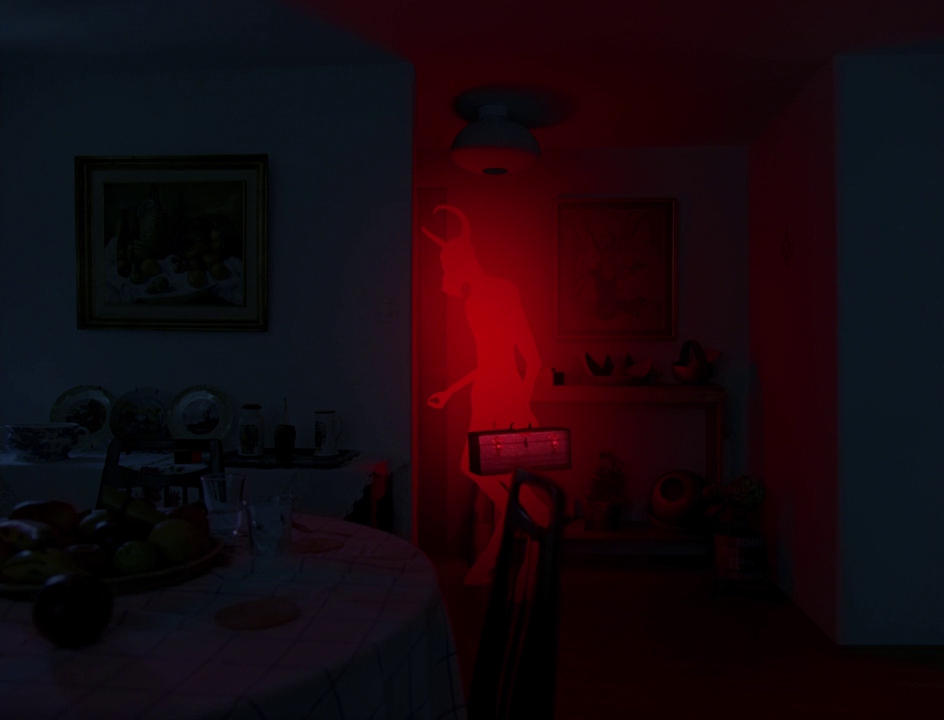
But then, once again, something curious happens: Despite all these portents that something might happen in the field, Reygadas moves to the next scene where an animated orange-red devil walks into a dark house, looks around and leaves. Perhaps, we might think, this character is the darkness that we expected in the previous scene. Thinking of it this way is almost comical when considering how out of place the animated figure behaves. It’s not so much that Reygadas is going for a self-reflexively comedic moment where the devil walks into the wrong scene. If for nothing else, the devil is carrying a tool kit, which would make his appearance even less appropriate in Rut’s scene. Rather, it’s that our feeling for the ominous has been displaced from the former scene to the latter; there is even an echo of the previous scene in that a young child is the sole witness to this surreal event. But by the end of it, we are still waiting for something to happen.
These strange, ambiguous choices are not found in the Three Amigos’ filmmaking. This isn’t to say that ambiguity is lacking in their films — on the contrary, I think one of their great, collective strengths as filmmakers is that they invite contradictory readings of what their films mean. But the kind of reflection and questioning they are calling for is subordinated to the strictures of Hollywood storytelling. They operate through the conventions of genre, and where they do not, their aim is to sell a distinctive, auteurist-stamped “Cuarón,” “Iñárritu” or “del Toro” film. In Lux, Reygadas’ auteurist mark is there, and he is even implicated in the story as Juan; however, his presence in and over the film is as mystifying as how he presents his characters. We get the sense that the film is ambiguous not just to us, but to Reygadas as well, who seems to be searching for meaning himself in how he stitches together these apparently disconnected and meandering episodes. In this respect, it is like we are sharing an experience with Reygadas, rather than being exposed to his coherent and totalizing artistic vision, as is the case when watching the Three Amigos’ films. Though their films are polysemic in their own ways, Reygadas pushes past the limits of commercial cinema to a type of filmmaking that is more intimate and uncertain than much of what del Toro, Cuarón and Iñárritu have made so marketable in the past decade.
Follow our series of The Best of the 2010s in Film here

Follow Frankie and Split Tooth Media on Twitter
(Split Tooth may earn a commission from purchases made through affiliate links on our site.)

